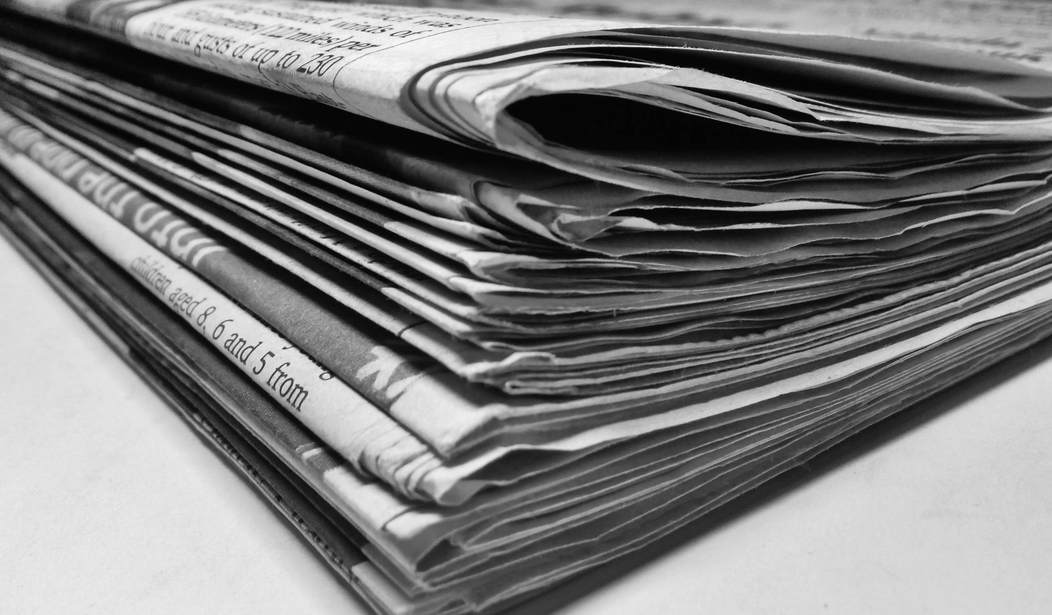One of the less-discussed stories this week was that a consortium of traditionally published newspapers was starting to lobby for some sort of arrangement to break the “digital duopoly” of Facebook and Google on digital content. In this Ars Technica article, they point to the (recently renamed) News Media Alliance, which wants the U.S. government to relax antitrust restrictions so that the Alliance can negotiate with the Google-Facebook “duopoly.”
There’s no question that the Internet has changed the whole ecological balance of the way news is presented and published. We’ve been writing about those changes for close to ten years here at PJ Media. But the answer to a change in the environment is to adapt, not turn to some central power to fix it.
The business of newspapers — for all the self-righteous talk about “the people’s right to know,” the First Amendment, and “afflicting the comfortable while comforting the afflicted” — is to sell advertising. I wrote about this in 2013:
As a business, newspapers do one thing: they sell advertising. All the content in the newspaper that isn’t advertising is just there because, the company hopes, it will attract people who will then see the advertising. All of the journalism-school preening about how Journalism Is A Profession is a self-important fantasy. So if we want to understand what’s happening to newspapers, it’s the advertising business we want to understand.
The problem newspapers have now is that — compared to web advertising — they’re very expensive.
The tradeoff for newspapers, though, was that it actually cost a lot of money to print each paper — both a big fixed cost for the presses and a pretty significant cost [per copy]. Working very roughly from the New York Times 10K statement, we see they print on average a little more than a million copies a day, so 365 million copies a year at a total operating cost of about $2.1 billion. Which is about $5.75 a copy.
Now, it happens that one website with which I’m familiar is viewed well over 10 million times a month, 120 million times a year. At the cost of providing the print New York Times, that would be something like $690 million a year.
I can promise you that we’re not spending two-thirds of a billion dollars a year on this.
Compare that now to Google, which (although the newspapers won’t admit it) is in the same business. Google can deliver an ad for something like .04 percent of the cost, with 100 times better effect. (You can read the details in the article I linked above.)
The truth is that web publishing is in the neighborhood of one-ten-thousandth as expensive as print publishing, but the big newspaper publishers can’t downsize enough to compensate. (Who would pay for Thomas Friedman’s fly-to-China-on-a-whim expense account and palatial estate?) So they want the government to use antitrust leverage to force the companies that are beating them like rented mules to pay them more, in order to prop up the business model that no longer works.










Join the conversation as a VIP Member